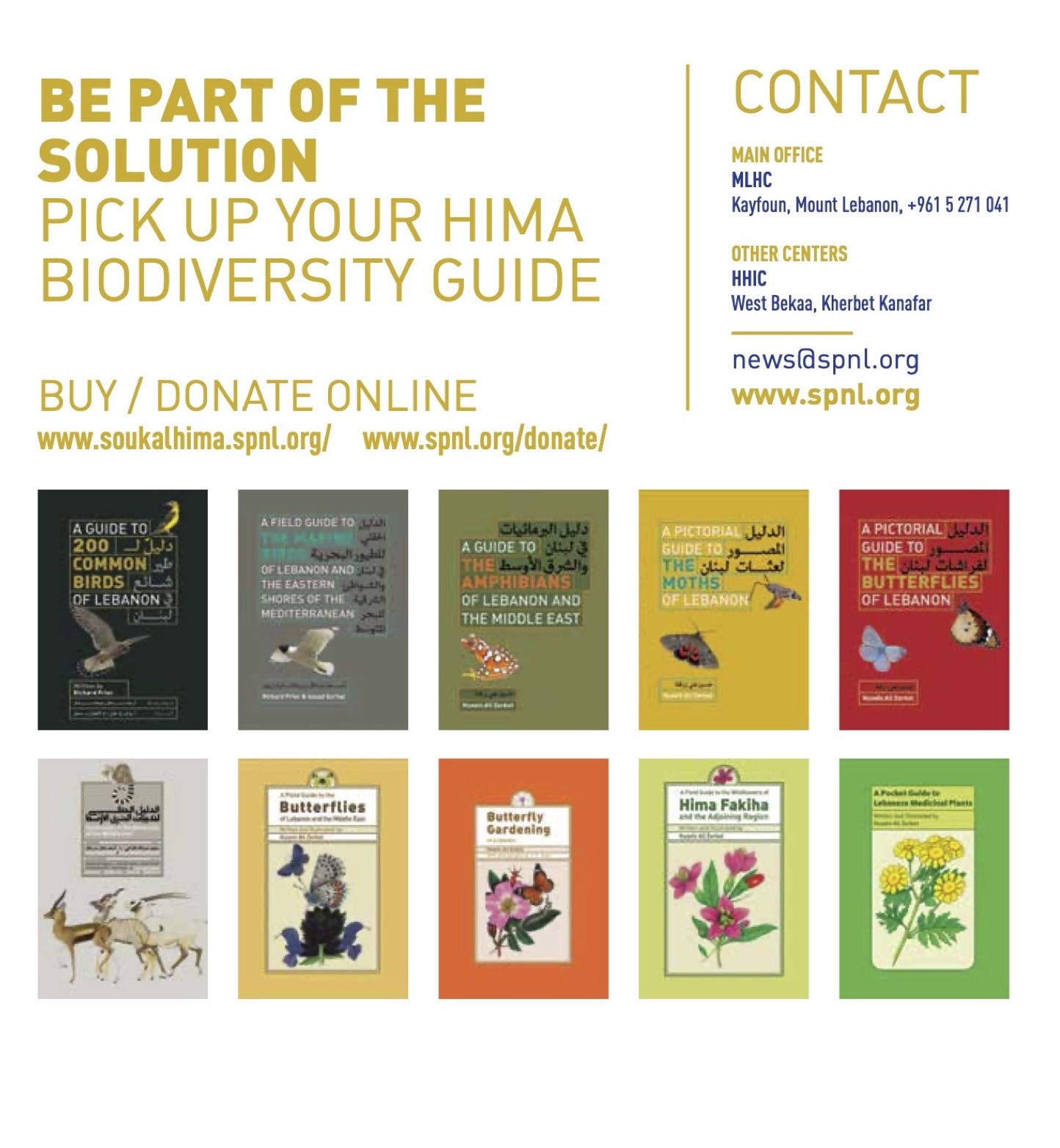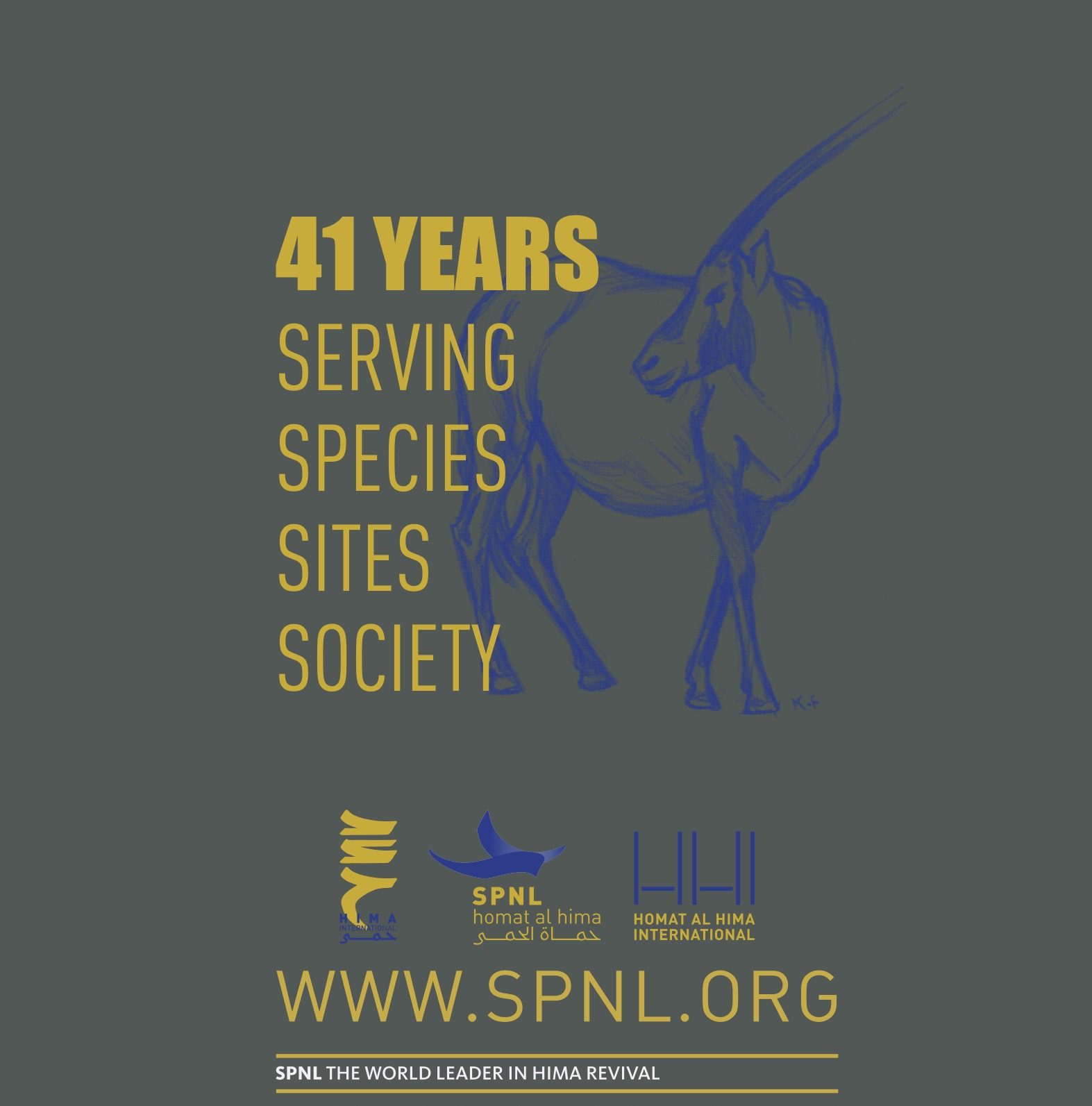BirdLife’s periodic flagship science publication uses data on birds to assess the condition of the natural world, and is established as one of the most authoritative and influential syntheses of its kind
Birds are better known and more widely studied than any other group of animals. They are popular and engaging, can be found in all countries, are generally easy to detect, identify and count, and their populations react to changes in the environment. This makes them excellent “ecological indicators”—by collating and analysing bird data, we not only understand their condition, but are also afforded an unparalleled insight into the health of the natural world as a whole. In effect, birds enable us to “take the pulse of the planet”.
BirdLife’s long-running State of the World’s Birds series brings together and effectively communicates the latest scientific research on the state of the planet, the pressures on nature, and the solutions needed to conserve species and habitats. Our flagship State of the World’s Birds publication gives a global perspective, while our series of national State of the Birds reports provide insight into the status of birds and biodiversity in specific countries. In addition, over 300 case studies are available on the BirdLife Data Zone, providing a comprehensive overview of current and emerging conservation issues. These resources are used to influence global policy and inform on-the-ground conservation action.






